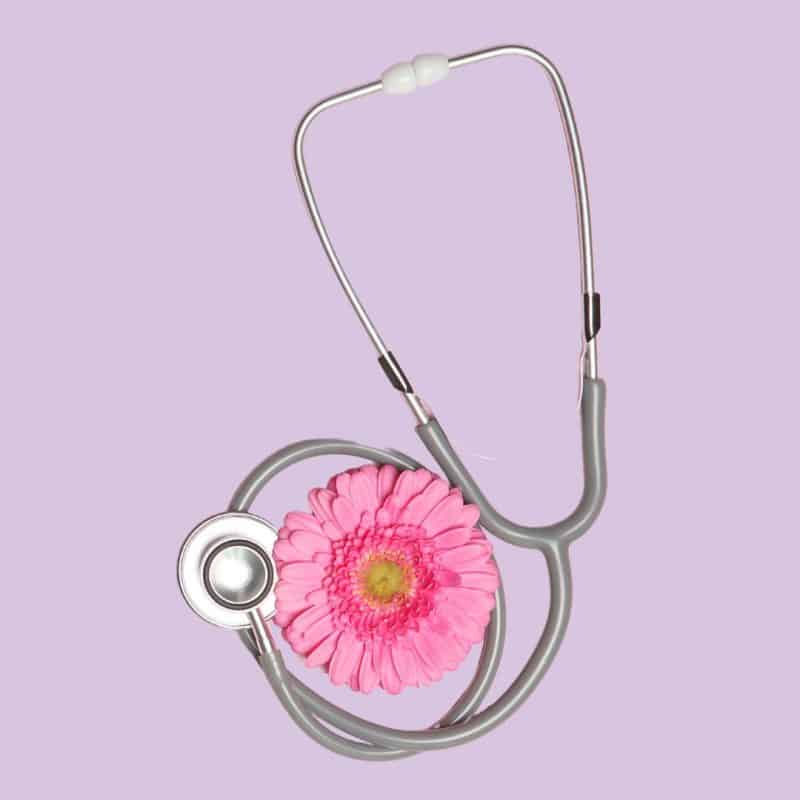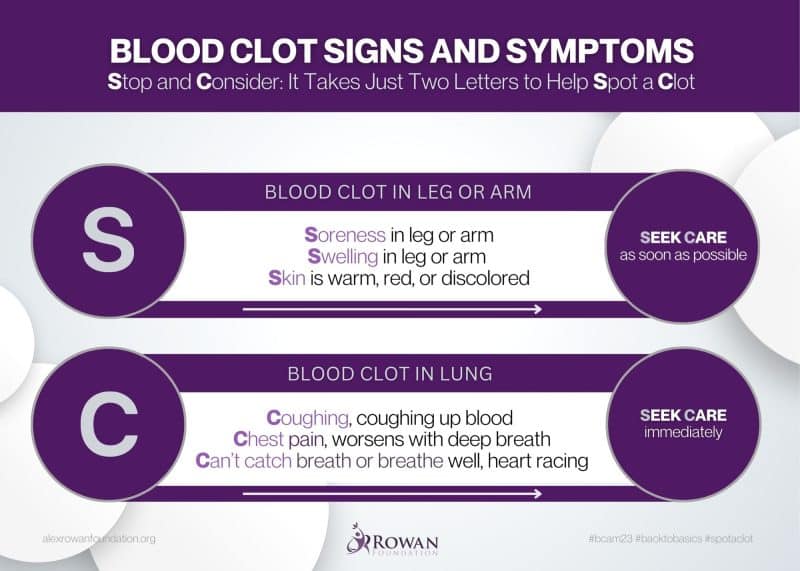Understanding Blood Clots
Risks, Signs and Symptoms, Prevention.

Blood clots affect more men than women, but women face a continuum of blood clot risks unique to their gender, including birth control and family planning, pregnancy and childbirth, and the treatment of menopause symptoms later in life. Learn more about the link between women’s health, estrogen, and blood clots here.
Up to 30% of people with a blood clot in their leg will not experience any symptoms, and in about 25 percent of people who experience a blood clot in their lung their first symptom is sudden death.1


